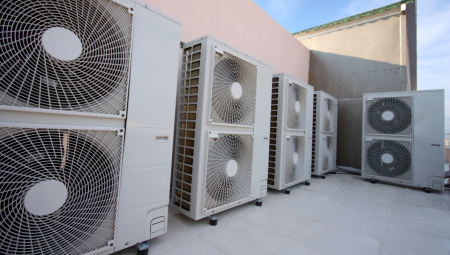Buy some of these common houseplants the next time you visit a local nursery: palms, ferns, corn plants, dragon tree (Dracaena), gum plant, ficus, English ivy, daisy, peace lily, florist mother, gerber, fool's cane (Dieffenbachia), Schefflera, orchid plant, spider, philodendron, arrowhead plant, pothos, Dwarf banana and Chinese evergreen.
Why? Houseplants can help remove certain harmful volatile organic chemicals (VOCs) from indoor air. The things no one wants around their lungs, or their children.
In the late 1980s, NASA and the Landscape Contractors Association of America (ALCA) conducted a study of 19 houseplants in an attempt to find a way to purify the air for extended stays on orbiting space stations. The tests were performed on a sealed chamber containing contaminants such as formaldehyde, benzene and trichloroethylene, commonly present in indoor air due to paints, varnishes, insulation, pressed wood, adhesives and other sources.
What they learned in outer space can be applied to your inner space also following this ecotip. Many of these plants are adapted to tropical climates and grow in low-light conditions. They have to be super efficient at capturing light, as well as processing the gases needed for photosynthesis. Because of these traits, they have a greater potential for capturing other gases, including harmful ones.

Related Posts:
- Ecotips – Make a Recycled Shower for Plants – 24.3
- Ecotips – Water Your Plants in the Morning – 24.2
- Ecotips – Getting Outdoors is Good for Health – 18.5
- Ecotips – Refresh the Air of your House – 137
- The best plants to filter the air
Authors: Val













